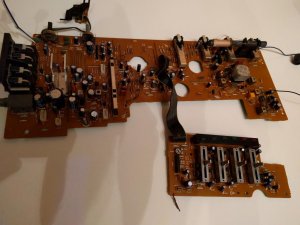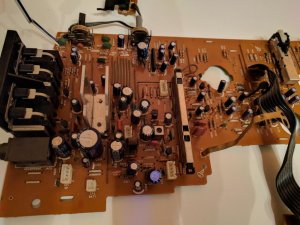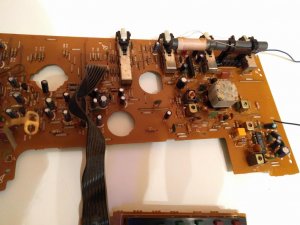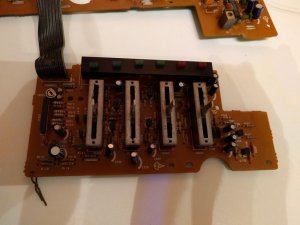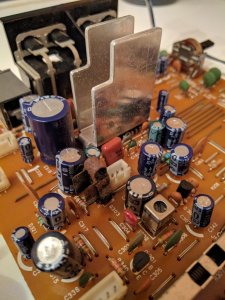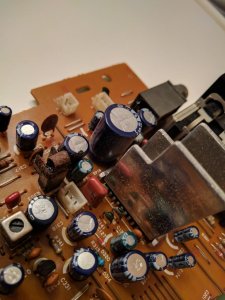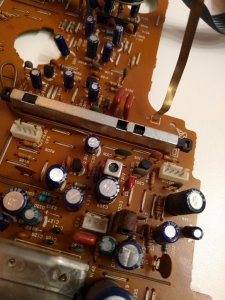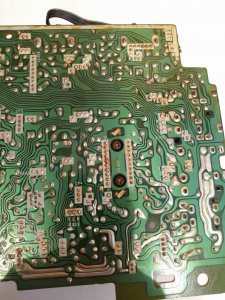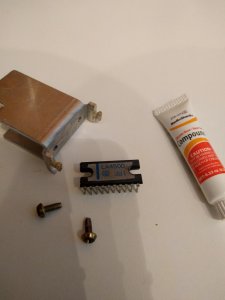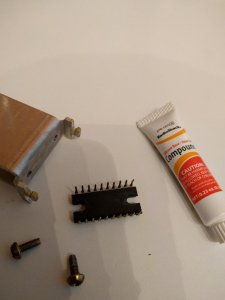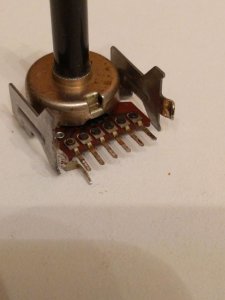Greetings,
I recently acquired an rx 5050, and the channels aren't balanced. The right channel sounds great, but the left channel is weak. I want to get this bad boy running healthy again, but I can't find access to a schematic.
Does anyone have a schematic for the rx 5050?
I managed to remove the audio board from the stereo. I can see a suspicious capacitor and transistor.One of the transistors looks like it has seen hell. While I have the board removed I would like to do a recap. This whole process would be a lot easier with a schematic or service maual! I would appreciate any help!
I'll attach some photos of the main board.
I recently acquired an rx 5050, and the channels aren't balanced. The right channel sounds great, but the left channel is weak. I want to get this bad boy running healthy again, but I can't find access to a schematic.
Does anyone have a schematic for the rx 5050?
I managed to remove the audio board from the stereo. I can see a suspicious capacitor and transistor.One of the transistors looks like it has seen hell. While I have the board removed I would like to do a recap. This whole process would be a lot easier with a schematic or service maual! I would appreciate any help!
I'll attach some photos of the main board.


